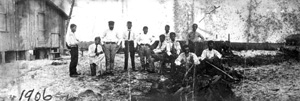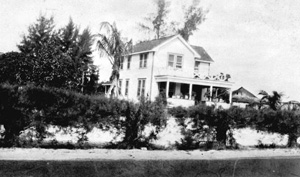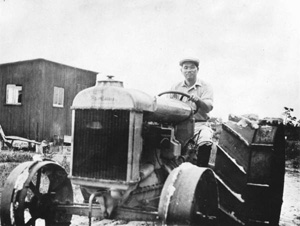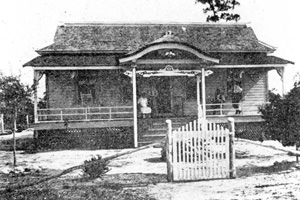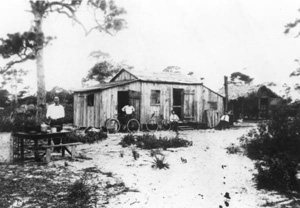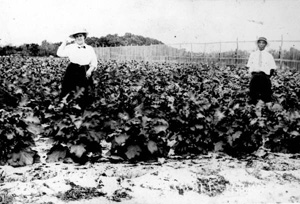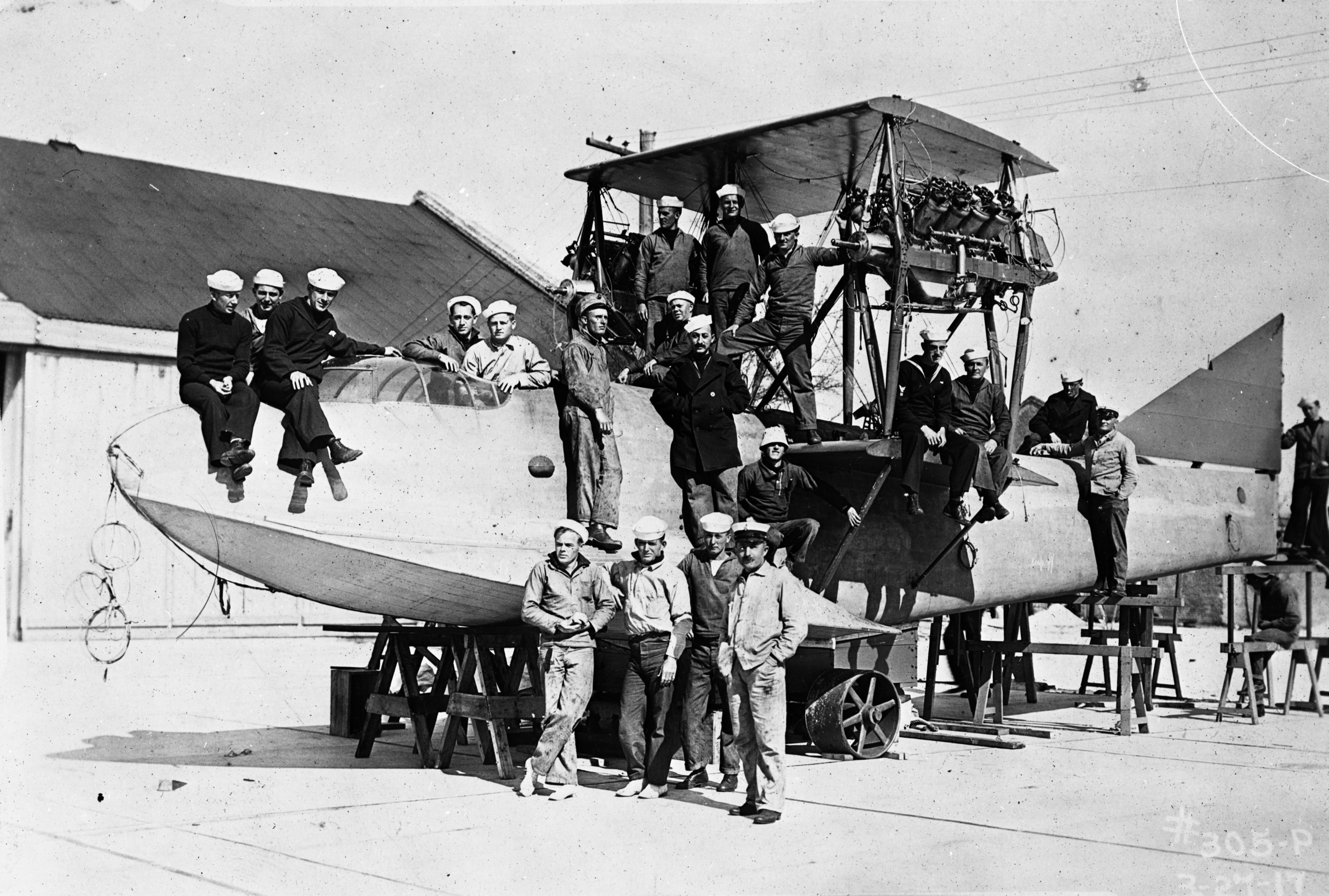Photo Exhibits
Photo exhibits spotlight various topics in Florida history, and are accompanied by brief text intended to place selected materials in historical context.
Yamato Colony
Pineapple fields at Yamato (1906)
Image Number: PR13766
George Morikami with two men in pineapple field (ca. 1906)
Image Number: PR13756
Mr. Morikami is on the right.
George Morikami with friends: Yamato, Florida (1906)
Image Number: PR13754
Home of H.T. Kamiya: Yamato, Florida (19--)
Image Number: N044920
Hideo Kobayashi on tractor: Yamato, Florida (193-)
Image Number: PR00004
Edward Minoru Ohi home (191-)
Image Number: PR02889
It is beleived that the Ohi family moved to Eau Gallie from Yamato.
Japanese American men sitting by a home: Yamato, Florida (19--)
Image Number: PR13768
George Morikami on his farm: Yamato, Florida (192-)
Image Number: RC05456
In the early 1900s, there was growing apprehension in the U.S. towards immigration, including immigration from Japan. While the settlers' children were United States citizens, Sakai and his fellow immigrants could not become naturalized citizens until the 1950s.
By the Second World War, few of the Japanese settlers remained. In 1942, not long after the Pearl Harbor attack when anti-Japanese sentiments were at a peak, the Federal government confiscated their land -over 6,000 acres - to create an Army Air Corp training base, ending the Yamato colony.
Situated on the site today is Boca Raton's airport and Florida Atlantic University. A former Yamato Colony settler, George Morikami, farmed in Delray Beach until the 1970s. He eventually donated his land, which is today preserved as the Morikami Museum and Gardens.

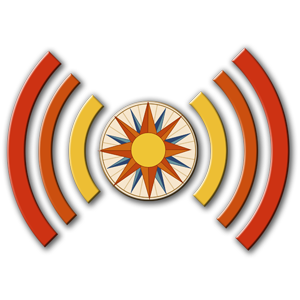 Listen: The World Program
Listen: The World Program

